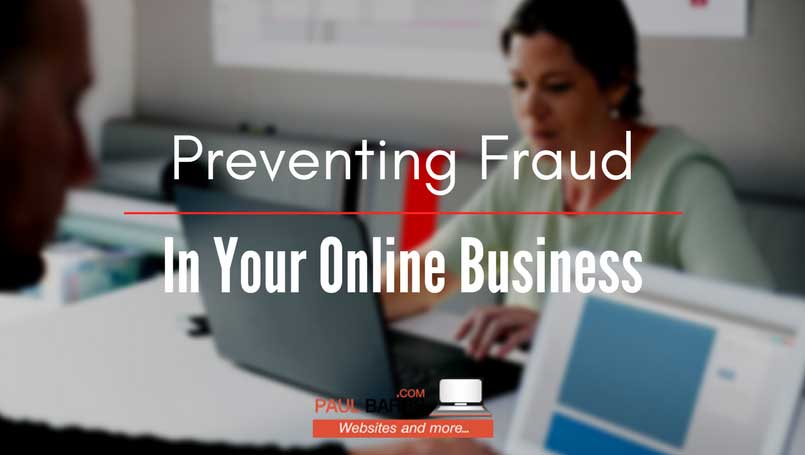
19 Sep Fraud Prevention for Online Businesses
While any business can be at risk of fraud, online businesses are particularly vulnerable. It may not become clear until after items have been despatched that the credit card used was stolen, or the account was hacked. There are, however, signs that businesses should be aware of, and some simple steps that they can take, to help protect themselves.
Suspicious shipping address
If the shipping address is in a country known for a high level of fraud, this can be a warning sign that there is a problem. Similarly, an address at a hotel, a property that may be vacant, or an unusual address, should sound alarm bells.
Previous claims or chargebacks
A buyer who has previously made claims that items didn’t arrive, or arrived damaged, may be attempting to commit fraud. Any buyer that has had chargebacks on their account in the past should be treated with caution, even if they had a plausible explanation.
Overnight shipping for high demand items
The sooner a potential fraudster receives their order, the less likely their fraudulent activity will be picked up before they have the items in their possession. Sellers should be especially wary where the order is for high-value, high-demand items. If the buyer insists on booking the shipping themselves, or that their choice of shipping company be used, this is another sign that they could be attempting to defraud the buyer.
Multiple orders and different buyers
Multiple orders, placed by different buyers within a short space of time, but going to the same address, are a clear sign of potential fraud. Where the address also seems suspicious – as described above – sellers should exercise extreme caution.
Too good to be true
Sellers should be wary of unusually large orders placed by new buyers. If it involves large quantities of the same product – especially when it is not an item that people would normally order multiples of – this is another warning sign. Alternatively, a large quantity of separate orders from the same buyer in a short period of time may be a sign that something is wrong.
Overpayment
An overpayment followed by a request for the seller to return the difference is a common scam. In this case, the transaction appears to be genuine, and the scammers usually have a good explanation for why it has happened. It is usually only once the seller has returned the excess amount that they discover that the payment method was fraudulent, and that they are out of pocket. The money is rarely recoverable.
What to do if you’re suspicious about a buyer
Businesses can take a number of steps to check if a buyer may be fraudulent. Checking the details they have provided is the first thing that they can do. Contact information such as their name, phone number and email address should be confirmed and compared against any existing records.
The internet is a valuable tool when it comes to combatting fraud. A simple internet search may reveal information about your buyers. Names, shipping and email addresses, email and telephone numbers can all be searched. In some countries, it is even possible to check who a mobile phone number is registered to.
Google maps are an excellent way of confirming if an address is legitimate. Their street map function may show the building that they wish the order to be sent to, helping to identify if it appears to be vacant or abandoned.
If, after taking these steps, you are still unsure, contacting the buyer and asking for verification may clear up any doubts. If it does not, then you should consider whether you accepting their business is a risk you are prepared to take.


